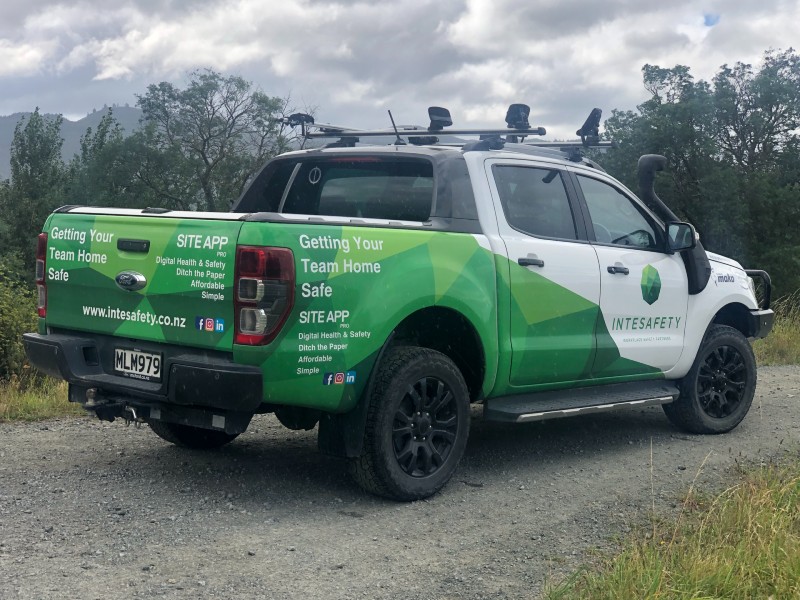Not Another Bloody Checklist!!!!
The Power of Checklists in Safety
Graham Mahuika (August 2025)
In industries where lives are at stake such as construction, aviation, healthcare, and heavy manufacturing safety is non-negotiable. Yet despite robust training, regulations, and expert personnel, avoidable accidents still occur. Sometimes we often fail to apply what we know. The answer, a checklist – a simple, powerful tool to manage complexity, reinforce consistency, and prevent human error.
Pilots have used checklists since the 1930s, following a fatal crash of the Boeing Model 299. The aircraft was advanced for its time but crashed due to a simple oversight failing to release a locking mechanism. This led to the development of the aviation checklist, now standard across the industry. If highly trained pilots use checklists, should we and if we are do you have checklist fatigue?!!
When considering cognitive psychology: humans can typically hold only five to nine pieces of information in short-term memory at once. Even skilled professionals forget steps under stress or when handling complex procedures. A checklist ensures that the critical steps are not forgotten, overlooked, or bypassed, especially under pressure. How large are your checklists, do they mention critical lifesaving controls and do they really require anything else in them?
The same principle applies to workplace safety. In construction, for example, pre-start checklists ensure machinery is in good working condition, hazards are identified, and permits are valid. A simple fall protection checklist can verify anchor points, harness inspection, and rescue plans—details that, if missed, could lead to fatal consequences. Do your checklists contain the important stuff?
In industrial settings, lockout-tagout (LOTO) checklists protect workers from unexpected energization of equipment. These structured forms ensure each critical step de-energizing, securing, verifying is properly completed before maintenance begins. A lapse in any single step, often caused by distraction or assumption, can result in serious injury or death.
Checklists also support a culture of shared responsibility. They shift the focus from individual memory and experience to teamwork and systems. For example, many high-hazard operations require dual sign-offs on safety checks, reinforcing accountability and communication. Rather than replacing expertise, checklists enhance it by ensuring essential practices are executed consistently. Who completes your routine checklists, is this a shared responsibility or do you lump it on one person?
The best checklists are not exhaustive manuals, they need to be right sized, fit for purpose and field-tested balancing detail with usability. A good checklist is small, targeted, fits on a single page, uses clear language, and is adapted to real-world experience. Do you design your checklists to be short and shaped by your workers feedback?
In conclusion, checklists are not just bureaucratic tools, they are life-saving devices. They instill discipline, catch preventable errors, and create space for critical thinking in complex environments. In safety, the simplest tools can have the most profound impact and reduce safety clutter. For organizations seeking to improve safety outcomes, the checklist remains one of the most powerful and proven instruments.


